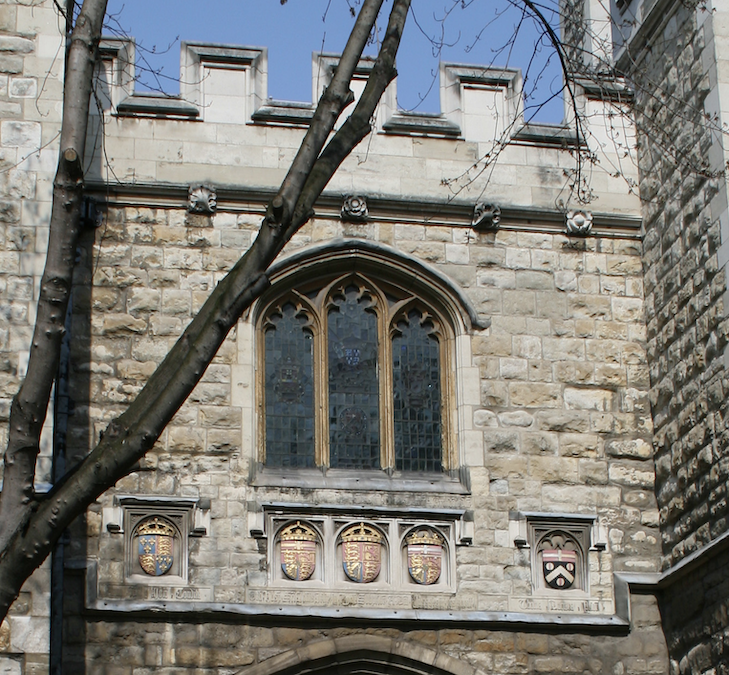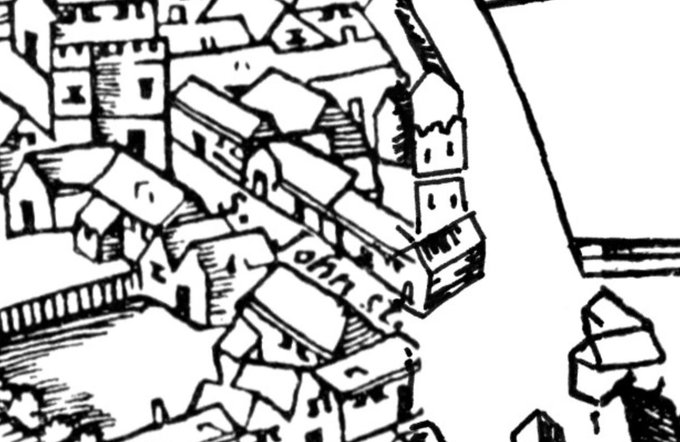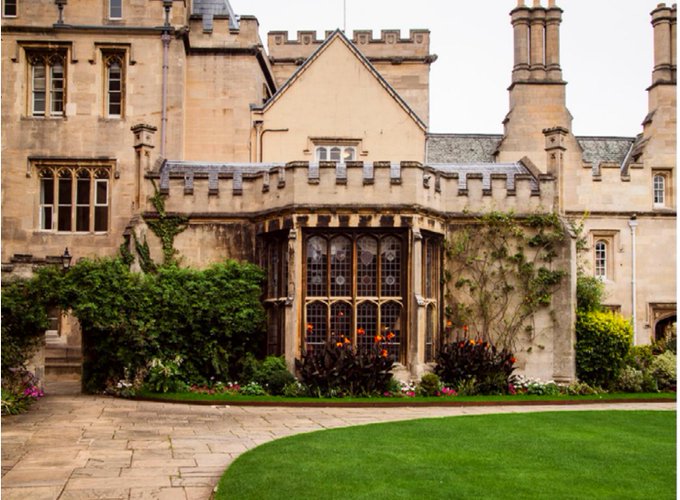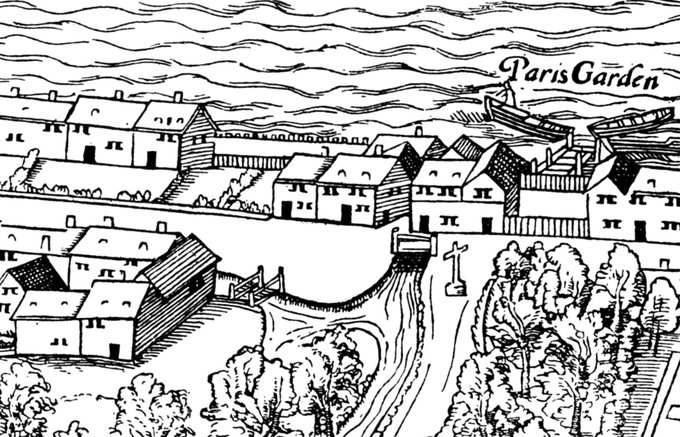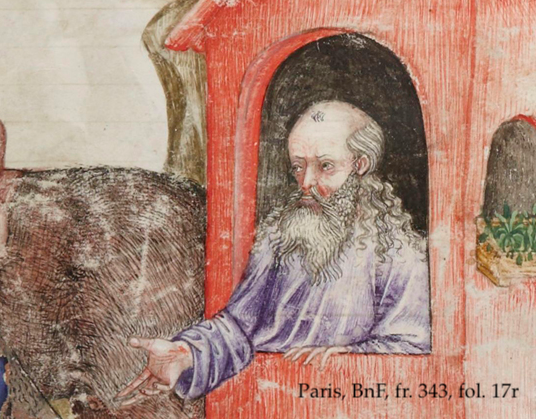Around 1500, the Hospitaller Order (also known as the military order of the Knights of St. John of Jerusalem) compiled a record of cases that (they contended) showed the Hospitallers had always had permanent sanctuary privileges in their properties. This was, as I’ll explore another in another post, a bold but entirely fictitious claim, andContinue reading “Sanctuary at Hospitaller properties”
Tag Archives: Hospitallers
Could a house serve as sanctuary? Hospitallers and asylum in the 15th century
In 1461 a coroner’s inquest was held over the body of William Lyng, found dead in St John’s Street, which led into the priory of St John of Jerusalem, the Hospitaller Knights’ HQ in Clerkenwell. The inquest jurors ruled that Lyng was killed by Vincent Hall, baker and brewer of St John’s Street. Hall wasContinue reading “Could a house serve as sanctuary? Hospitallers and asylum in the 15th century”
Sanctuary at Pembroke College, Oxford?
After stabbing someone with a “little knife” one day in August 1463, John Harry, a tailor of Oxford, fled to Broadgates Hall, now part of Pembroke College, then a residence hall for law students at the university. Harry claimed sanctuary there, as the hall belonged to the Hospitallers, which according to the Acts of theContinue reading “Sanctuary at Pembroke College, Oxford?”
The failed sanctuary at Paris Garden
Here, a more or less failed sanctuary — some caught on, some didn’t. On 1 May 1468, Thomas Huntley paid 6d to be admitted to sanctuary in the manor of Paris Garden located on the south bank of the Thames, now at the foot of Blackfriars Bridge. The manor of Paris Garden belonged to theContinue reading “The failed sanctuary at Paris Garden”
Taking “the privilege of St John’s at Paris Garden”
In 1484, Agnes Curteys submitted two petitions to the Chancellor complaining that she had been so harassed by lawsuits for debt that she’d been forced to “take the privilege of St John’s at Paris Garden” in Surrey across the Thames from London. Paris Garden was a somewhat odd sanctuary – it was a manor ofContinue reading “Taking “the privilege of St John’s at Paris Garden””
Sanctuary at a deer park?
This is another case of a liberty, this time a royal one, claimed as a sanctuary. In 1493, coroner’s inquest jurors found that John Boteler, a bowyer of Lincoln, had stabbed and killed William Thomas. After the incident, the jurors reported, Boteler fled for the murder to “the franchise of Beaumontrent.” I’ve tentatively identified thisContinue reading “Sanctuary at a deer park?”
The Widow’s appeal of homicide
In 1496 a woman launched a “widow’s appeal”: that is, a private prosecution of homicide undertaken by the dead man’s wife against the accused murderer. This one has a sanctuary angle because the alleged murderer took shelter in a Hospitaller property. Margery Rollesley, widow of Humphrey Rollesley, accused William Toft, a tailor of Denby, Derbyshire,Continue reading “The Widow’s appeal of homicide”
The Hospitaller’s cloak
In 1506, two accused felons claimed sanctuary by touching the cloak of a Hospitaller knight rather than more conventionally running into a parish church or monastery. Richard Pulham (harpist from St Mary Hoo, Kent, indicted for homicide) and Ralph Toker (Somerset yeoman who’d previously abjured twice for multiple felonies but been caught in the realm)Continue reading “The Hospitaller’s cloak”
Robbery in Knightsbridge
The canny felon in early 16th-century England could, if smart and lucky, avail himself of an array of different mitigations to escape the noose – sometimes cycling through them until he found one that worked, as this seeker did. At gaol delivery for Middlesex in May 1508, a Westminster yeoman named Thomas David ap HowellContinue reading “Robbery in Knightsbridge”
Robert the hermit
In 1537 London butcher George Isotson told a story in court about a long-ago sanctuary seeker at St Martin le Grand named Robert. Robert’s story stuck in Isotson’s mind because he later became a hermit. One day around 1508, Isotson said, Robert escaped from the Marshalsea prison and ran to the sanctuary of St MartinContinue reading “Robert the hermit”
